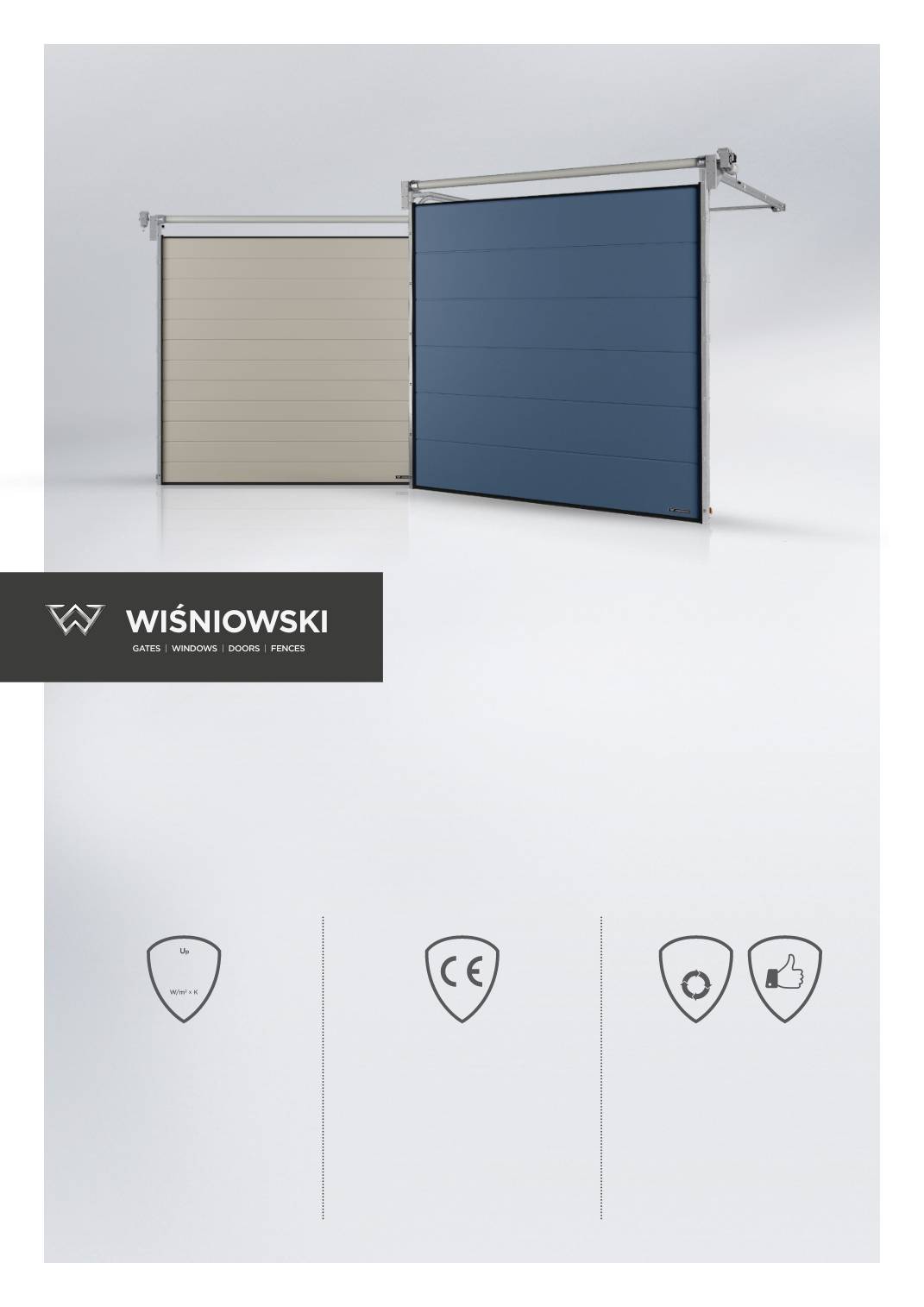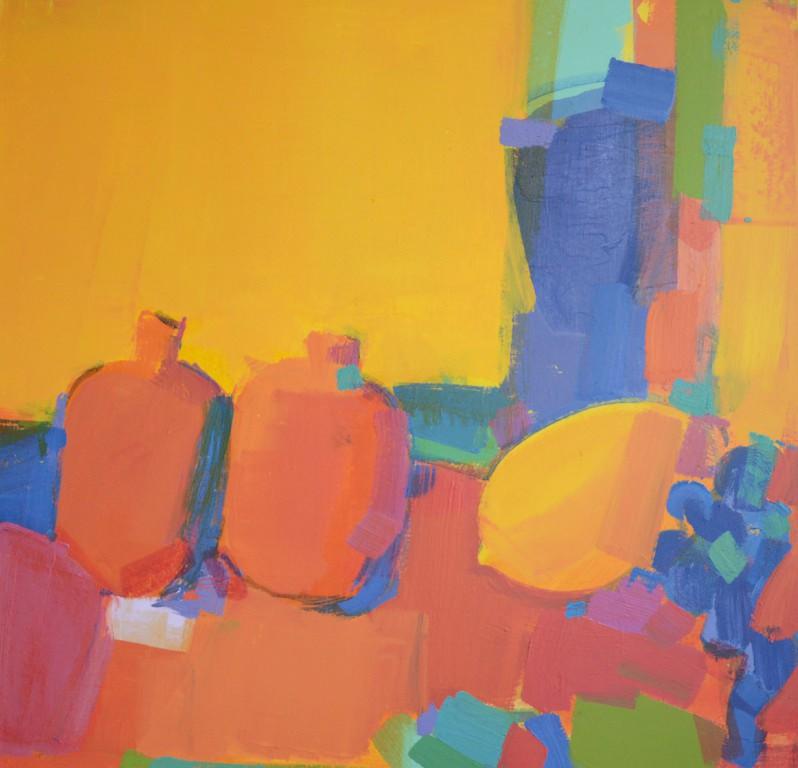

The final sample is inspected to guarantee conformance to standards. A retained sample is kept and stored for future references, and then there is the final inspection sample. When the batch is complete, it can be canned. They check the viscosity, tint strength, color, gloss, dry time, and overall appearance. They will ensure it is sufficiently mixed and no further processing is needed. Before manufacturing is approved, critical ingredients are tested. The finished product is tested in a laboratory. Any final additions are added during this stage, if necessary. The mill-base is stirred in during this phase. In the let-down stage, the resin, solvent, and additives are combined in a large vat. Industrial paint mixer machines are used to combine and disperse the pigments. They are broken down by the resin and additives that keep them from sticking together, which is called dispersion. These powders are small and stick together forming clumps. Using calibrated vats, the ingredients are measured and weighed on scales. They are a measurement of ingredients, preparation and pigment dispersion, let-down, laboratory testing, and canning. There are five critical parts in the paint manufacturing process. Consequently, many have no clue what is in paint and the process that is used to generate it. Paint is used for beautification, protection, sanitation, and even identification. It takes a complex chemical process to turn this liquid into a solid. However, paint is more than just a color, it is a liquid material that dries to a beautiful finish. They see it as nothing more than a colorful tint that is applied to their walls. Most people don’t give the paint manufacturing industry much thought. In the other group of extenders, it includes calcium carbonate, talc, mica, and barytes to name a few. The prime pigments will include colors like white, green oxide, yellow and red. They are placed into two groups, prime and extender. Lastly in the paint production process, pigments are used to give paint its color and sheen. These agents can be organic, like mineral turps, or the manufacturer can use plain water. Solvents act as a carrier that helps bind the pigments and resin together. Without additives, the drying time would not be as fast as it is and there would be sag resistance.

It also makes it mold and scuff resistant. It makes it glide on the wall with a brush. Inexpensive paints use polyvinyl acetate to bind.Īdditives are used to enhance the properties of the substance. Common acrylic polymers come in a wide variety of types and combinations, such as methyl and butyl methacrylate. A water-based paint uses acrylic emulsion polymers to bind. It allows the product to adhere to the surface is it painted too. The resin is the binder that holds all the pigments together. There are four main components in paint: resin, additives, solvent, and pigment. These days, sand mills and high-speed dispersion mixers grind the dispersible pigments. Later, these were later replaced by steel balls. Before 1930, stone mills were used to grind the pigments. However, it wasn’t until 1867 that this company began mixing paints for consumers. The first patent for paint was purchased in 1865 by D. In the 1700s, Thomas Child built the first American paint mill in Boston, Massachusetts. The Egyptians and Hebrews used it as a protective coating for the wood on their ships.

More than 20,000 and 25,000 years ago, paint ingredients included things like earth pigments, charcoal, juice from berries, lard, blood, and milkweed sap. The first use of paint can be traced back to the French and Spanish people.


 0 kommentar(er)
0 kommentar(er)
